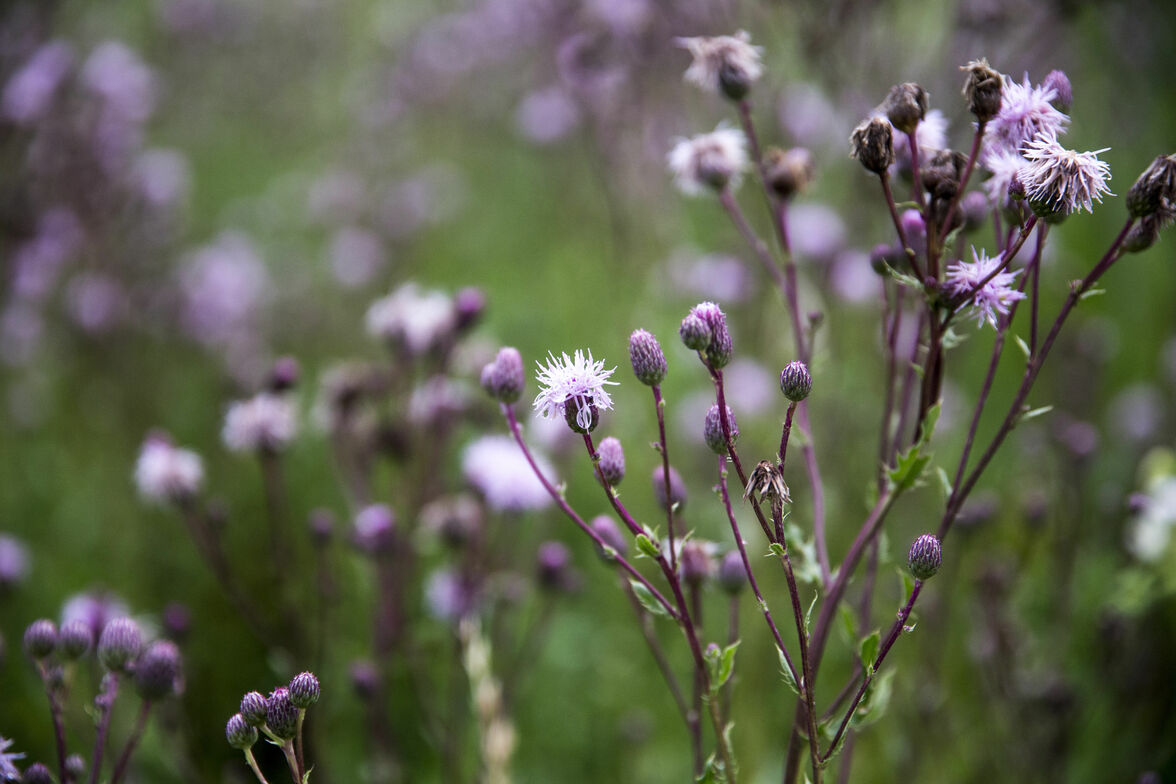Other worldviews and lifestyles have also heavily infiltrated this valley: atheism/non-religious, LGBTQ+, and New Age mysticism becoming heavily prominent. But the LDS culture runs deep and wide through Utah’s history, so much that it affects even introductory conversations. Here’s how it usually goes meeting someone new:
“So, are you from Utah?” they ask.
“No, we moved here from Texas last October.”
“Oh, really? What brought you out here?”
“We came to plant churches.”
With a confused expression, they ask, “What does that mean?”
Coming from the Bible belt, church plants are a dime a dozen. Countless friends and acquaintances over the years have participated in church plants. We’ve taken for granted that it’s a pretty self-explanatory term – planting a church. I hadn’t really thought this would be the question to hang people up – and the one that would open up so many rich conversations.
But in Utah, where “The Church” means something very different from “The Church” as understood by mainstream Christians, more explanation is needed. Here, “The Church” refers singularly to the Church of Jesus Christ of Latter Day Saints – the Mormon Church. And this Church is tightly woven together in its structure. Random people don’t parachute into an area and simply start a new “church” – it’s an intricately designed process which fits within the already-existent Church.
DEFINE YOUR TERMS
Defining your terms is a critical first step, especially in a place where words I use as a mainstream Christian mean something entirely different to a member of the LDS Church. I wrote an entire post on the meaning of church – which may surprise you. But let’s at least cover the basics here.
The word translated as “church” in the Bible is ekklesia in its original Greek and means “a gathering of citizens called out from their homes into some public place, an assembly.” An assembly of people.
The ekklesia has nothing to do with a building. Or a structured organization. Or a list of rituals to perform.
When used by the New Testament writers, ekklesia was about people gathering daily to worship God, learn, pray, radically encourage and support one another, and connect. They met in the Temple and in homes. It wasn’t about where they met – it was about why.
And, “to plant” means to set in the ground for growth.
So, to plant a church means to intentionally place in the land a community of people who gather to learn about Jesus, follow Him together, and multiply.
That’s what we’re here to do. Gather – Grow – Multiply.

